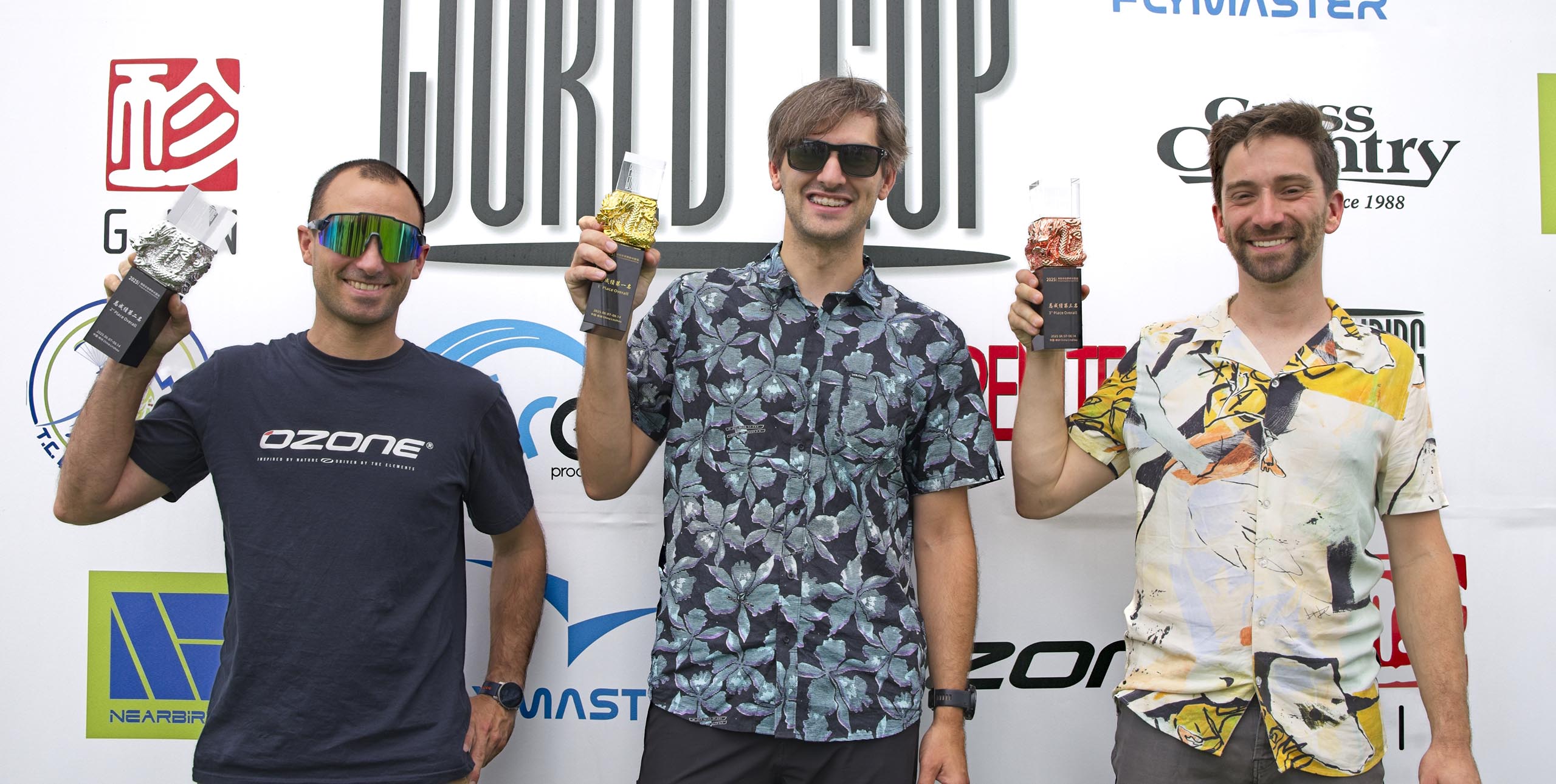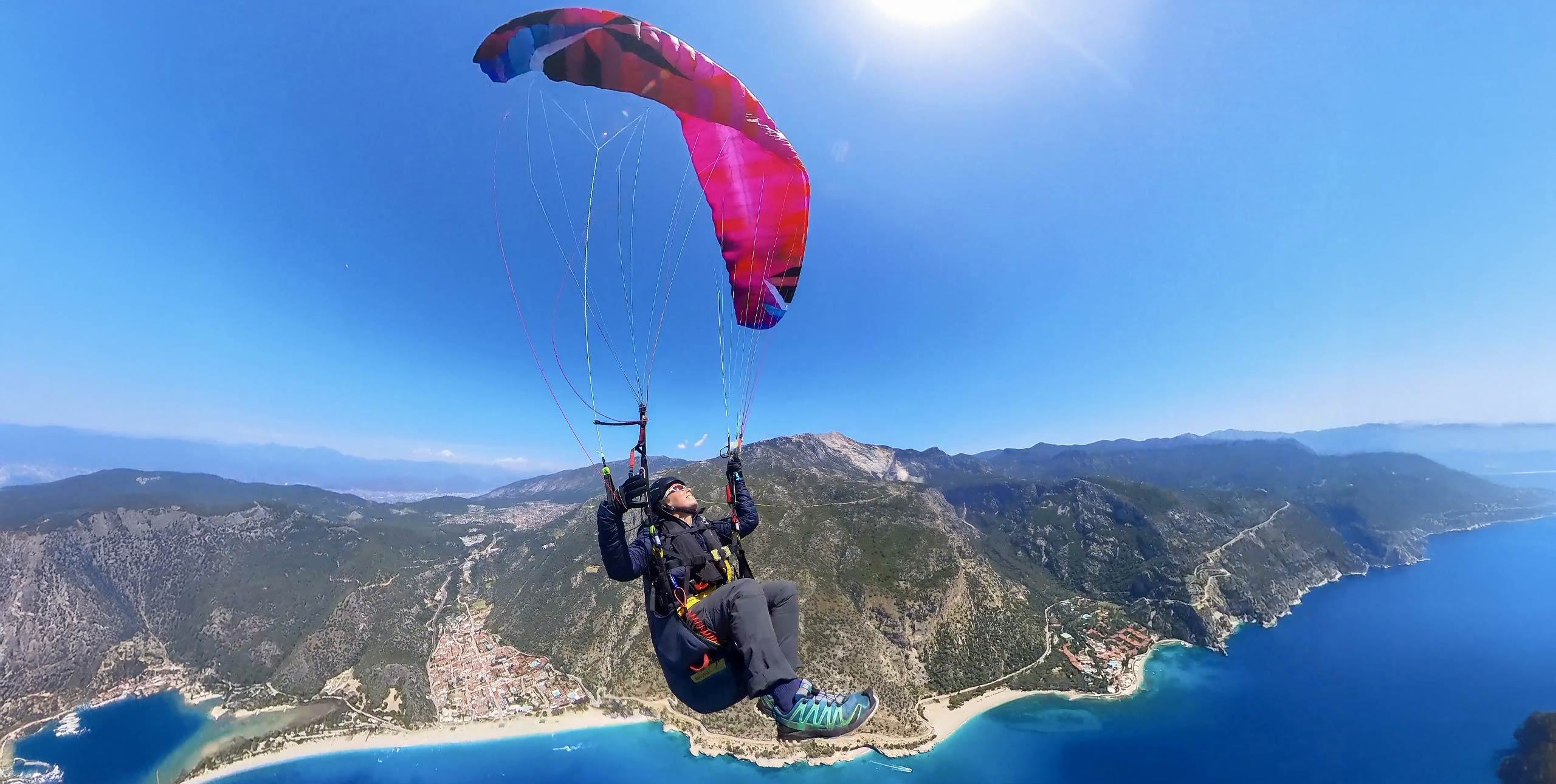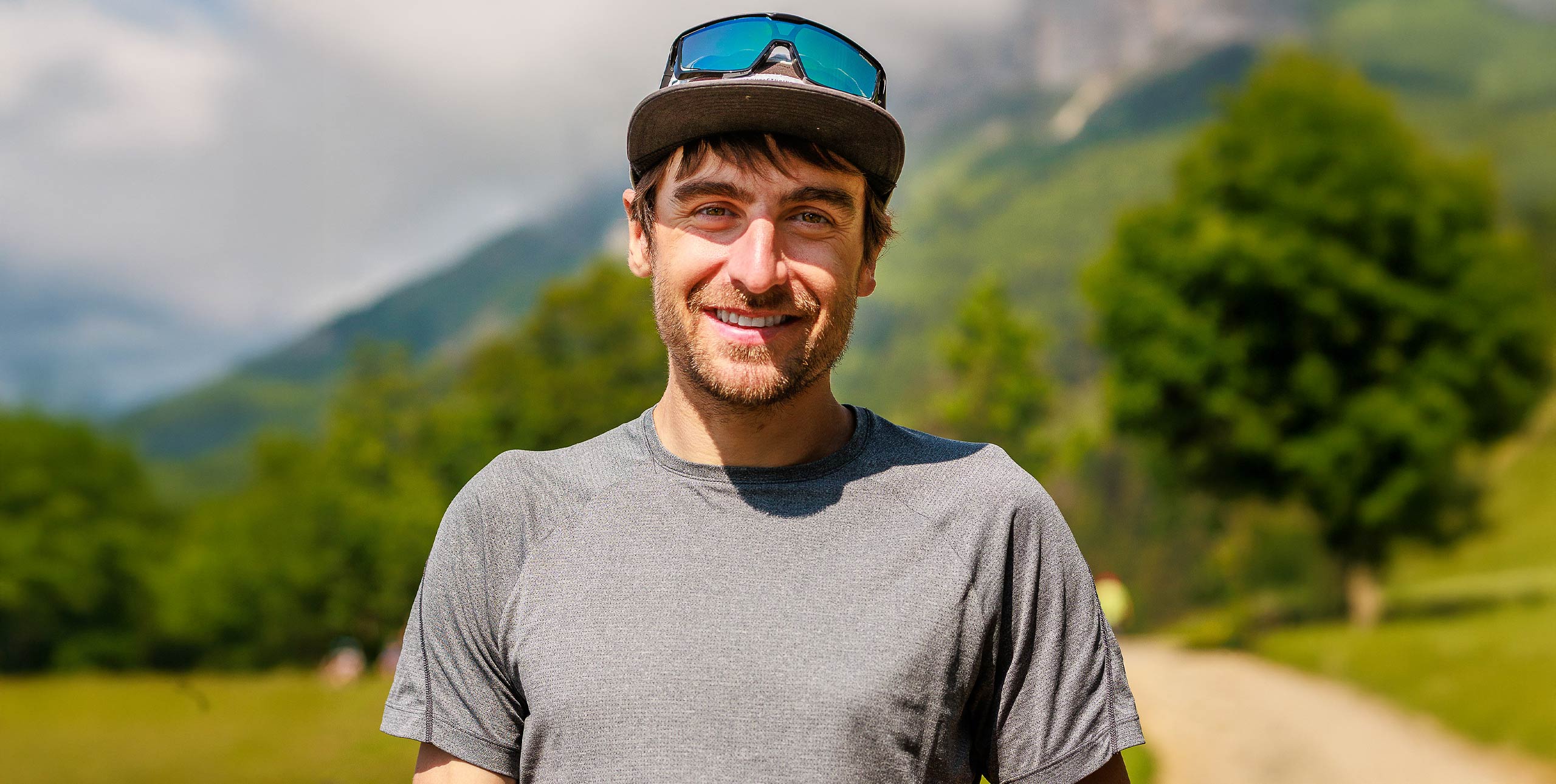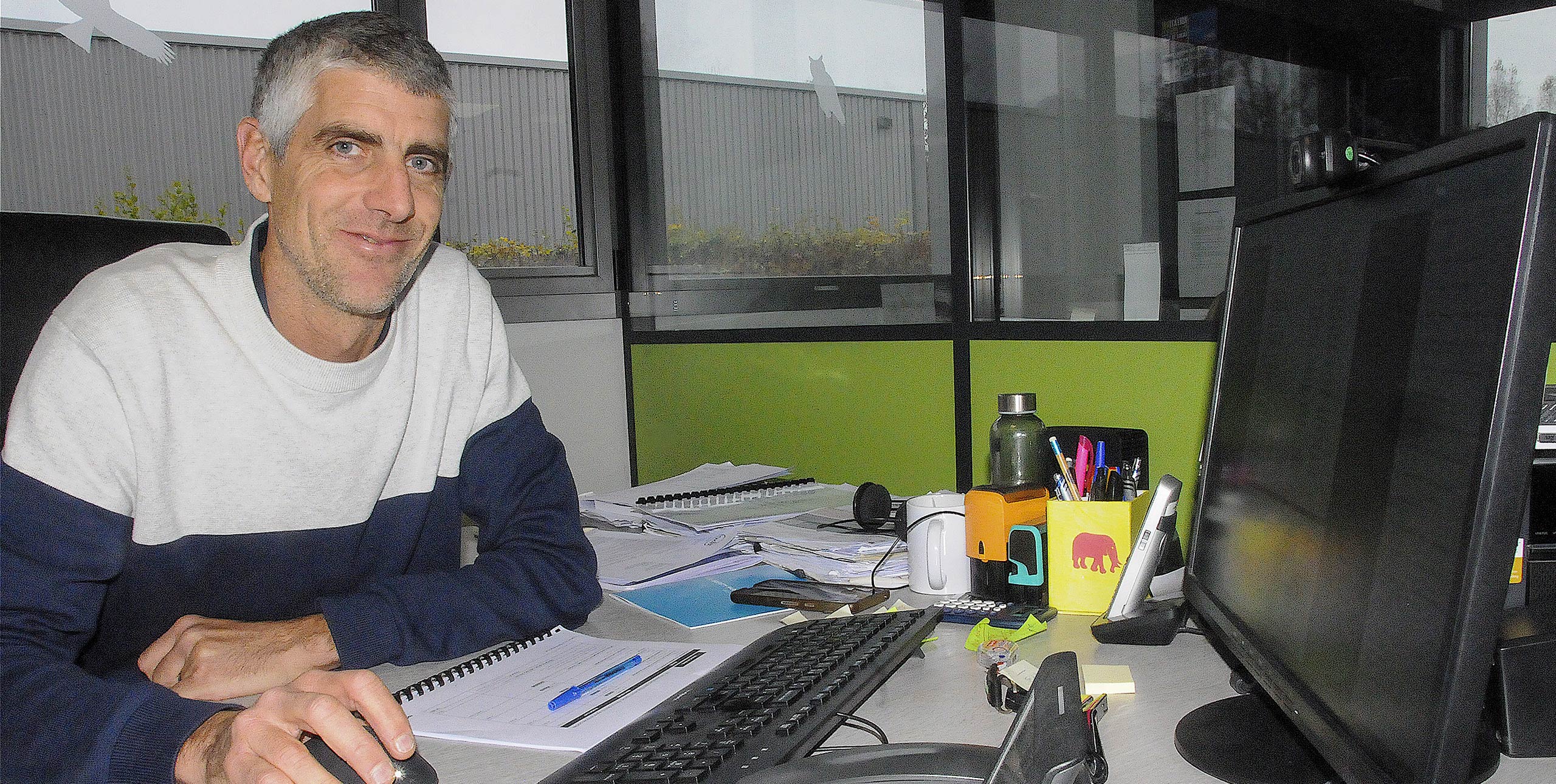Postponed due to the security breach a paraglider might pose to the Olympic games 200km away in Athens, and followed by great uncertainty as to whether it would take place at all, the 2004 Europeans finally took place in the planned location, Kalavrita in Greece. Despite exceptionally good conditions, the event was marred by yet another tragic accident. Silver medallist Bruce Goldsmith reports
The Norwegian team’s YouTube take on the competition
NATO, responsible for security at the Olympics, imposed a ban on all non-essential flying for one month before the games, thus causing the European Paragliding Championships to be re-scheduled.
A busy competitions calendar meant there were very few dates available. In the end the organisers decided that the weather was still good enough to organise the competition from October 1-12.
This is very late in the season and most pilots went to the competiton with a real concern that the weather wouldn’t be good enough for a high-level competition. The PWC held in Kalavrita in June 2003 was blown out without a single day being flown.
Kalavrita and the Penepolese
To our surprise we arrived to find almost summertime weather while most of Europe was now well into autumn. We had 6m/sec thermals every day, and daytime temperatures up to 30¼C. When it wasn’t flyable, it was still perfect for going to the beach.
Not only was the sea warm enough to swim in but also the small Greek fishing port had some excellent seafood restaurants on the seafront serving up the day’s catch, cooked to perfection over hot charcoal. The restaurants did a roaring trade as usually there are normally no tourists this late in the season.
Kalavrita is a small village in the Peleponese just one hour’s drive from the busy ferry port of Patras, and is popular with the Athenians who go to ski at the winter resort of Mount Helmos just 10km up the road from the main village.
We had five excellent tasks over the twelve days of competition, and the organisers made it a policy to only fly when the weather was particularly nice.
One day the organisers did cancel the day a little prematurely allowing a very memorable flight from the low soaring site of the monastery to the coast. The local pilots tell me that this is the first time this had been achieved.
Towering 1,700m above the village of Kalavrita is the launch mountain, with take-offs facing both north and south. The northern launch is the most commonly used take-off, as the sea breeze typically comes down the valley from the north giving a pleasant steady breeze on launch.
The tasks
Over the five tasks completed during the competition, distances ranging from 60.5km to 89.5km, were flown. Four of the five tasks were out and returns or triangles with the flight ending at one of the three goal fields close to Kalavrita.
All the tasks were air starts, meaning that we launched and had to fly to the start position and wait for the window to open. Starts were typically one hour after launch leading to quite severe crowding until the field spread out down the course. However, this also lead to some mega gaggles giving great photo opportunities for the horde of press photographers there to report on the comp.
There were between 15 and 80 pilots in goal every day of the competition, though only two pilots managed to make goal in every single task: Christian Maurer and myself.
Memorable moments
Abigail Barr (GB): “There I was trying to cope with some turbulence when I got hit by a rock at 1000m, I had a full frontal and as I yanked on the brakes the rock fell out of the leading edge and hit me on the shoulder.”
Roger Fowkes (GB): “I landed in a small village in the mountains, walked to the centre and there was a small shop to get a drink and a bite to eat. He tore a loaf of bread in half with his hands and gave me the coke. The guy had seemed a bit unfriendly to me at first so I was amazed when he refused to take any money for it. The locals were very nice indeed.”
Adrian Thomas (GB): “I’ve got a 20-second averager on my vario, and for the first 3 tasks I’ve had a 6m/s climb every day. Today I even got a 7m/sec climb. It’s truly amazing for Europe in October.”
Leroy Westerkamp (NL): Leroy landed at an altitude of 1900m on day 2, and had a three-hour walkout. He walked though the forest in the dark using his GPS to guide him, sometimes even using the meagre light from the tiny GPS screen to pick his way down. When he finally emerged from the forest at 11pm there was an official retrieve bus waiting to pick him up, and he wasn’t the only one grateful for that bus.
Later in the week Abigail called in for retrieve. She gave her position as, “Next to a sign post saying Likoria to the left and Klitoria to the right.”
Quote of the comp had to be the bemused statement made by German Team leader, Stefan Mast: “We have no German translation for fluffy!”
The Curse of the Europeans
In every European Championships for the last ten years there’s been a fatal accident.
The fifth and final task of the competition was a tragic end to a great competition. Carlos Izquierdo, one of the Spanish team from Santander, was killed during the last task.
He suffered a collapse and witnesses said he helicoptered into the ground from about 400m. He appeared to have had sufficient height to throw his reserve but didn’t succeed in getting it out in time.
Philippe Broers from Belgium saw the whole thing and showed great bravery by immediately flying down and landing in very turbulent air and difficult terrain.
Despite his prompt arrival on the scene Phil discovered the impact had been fatal. It took two hours for the helicopter to get to scene of the accident.
Spanish Champion Xevi Bonet also got into trouble in the same area around turnpoint 9. After a major collapse induced by severe turbulence, Xevi found himself with two twists in his lines. Xevi was more fortunate and came down safely onto the hillside under his reserve.
The task was a long one and as the sun got low in the sky and conditions got weaker there were two more serious accidents.
Woljciech Maliszewski from Poland, more commonly know by his nickname of ’Mali’, broke his leg badly following a collapse close to the last turnpoint, then British team member John Bate crashed into a tree and broke his back.
For those of us still flying we had some awe-inspiring sights at the end of this task. The lead gaggle climbed in wispy convergence cloud way up the sides as the sunset illuminated us all in beautiful golden light.
Eighteen pilots made it into goal, with Alex Hofer leading the field by five minutes.
Politics and Team Leaders
The next day we didn’t fly as a gesture of respect for Carlos. Despite no flying, the competition battle continued between the team leaders. It was found that Alex Hofer (CH) had jumped the start by two minutes on the previous day.
Stefan Mast, the German Team leader led the call to have Alex penalised and everybody’s starts re-checked in the hope that this would improve the German team’s standings.
In the end seven pilots were found to have jumped the start and ironically this spelt disaster for the German team. Two Germans were penalised and Ewa Wisnierska lost the title of European Womens’ Champion as she was also found to have jumped the start.
We didn’t fly again. The amazing weather we had been fortunate to enjoy for most of the competition started to deteriorate in the last days, as if reflecting the overshadowing sadness created by the fatal accident, and resulted in many discussions about the emergency procedures for injured pilots and long meetings between organisers, team leaders and pilots.
New gliders dominate
There was a refreshing look to the final results, with some different gliders dominating the results.
Swiss pilot Chrigel Maurer won the event flying a radical Advance proto, this glider is said to have been the first Advance competition glider designed for some years by Robert Graham.
The design is quite unlike any other paraglider and is said to have been inspired by kitesurfing designs, which has been a major focus for Robert Graham for the last couple of years.
The wing is a huge 30m2 and has a very high flat aspect ratio of 7.5. It’s also highly curved. Only one of these gliders was flying in the competition and the wing looked quite a handful to control in strong conditions.
In comparison, I came second flying a small (21m2) Magic FR proto. My wing’s design seemed quite tame and conventional compared to the radical machines that took 1st and 3rd places.
Phil Broers took equal third place flying a Crossair U3. This wing is also a pretty radical design with a flat aspect ratio of 7.5 like Chrigel’s, but is just 22m2, which is very small for Phil who is by no means a small pilot! Third equal was Thomas from the Czech Republic flying a Mac Proto.
Overall Results
1 Christian Maurer CH Advance Proto
2 Bruce Goldsmith GBR Airwave Magic FR
3= Thomas Brauner CZE Mac Para Magus
3= Philippe Broers BEL Crossair Ultima 3
Women
1 Petra Krausova CZE Mac Para Magus
2 Ewa Wisnierska DEU Advance Omega 6
3 Caroline Brille FRA Advance Omega6
Teams
1 Italy
2 Switzerland
3 Czech Republic
See photos from the Championships
• Got news? Send it to us at news@xccontent.local
Subscribe to the world’s favourite hang gliding and paragliding magazine











